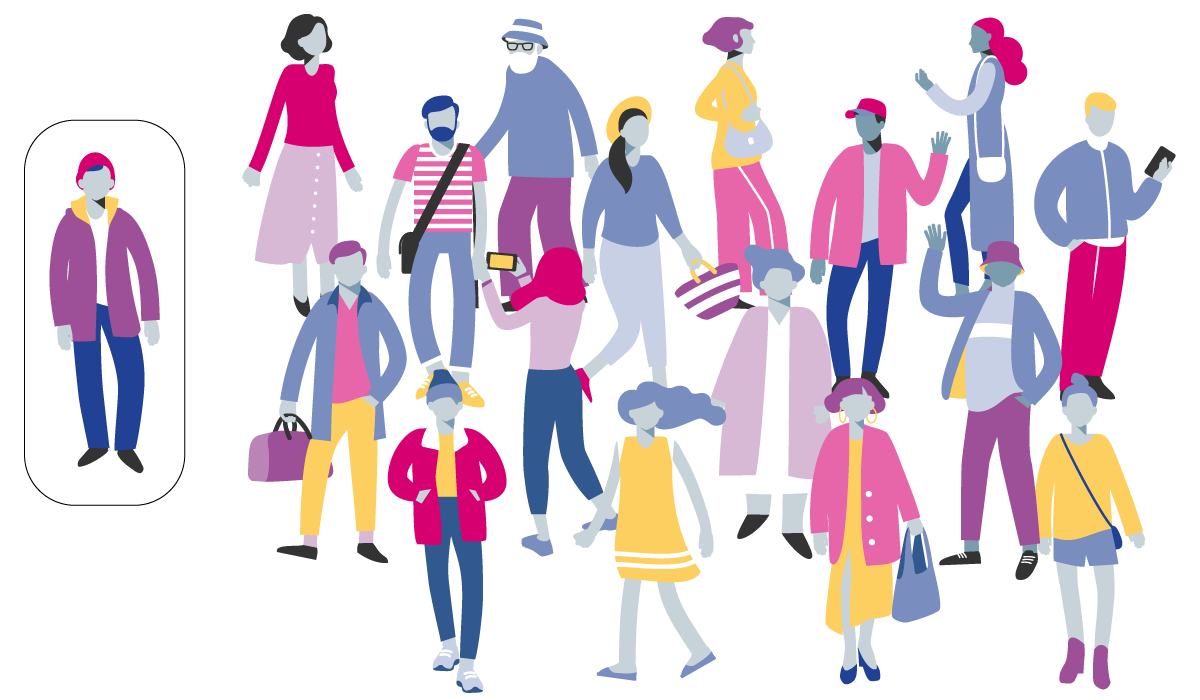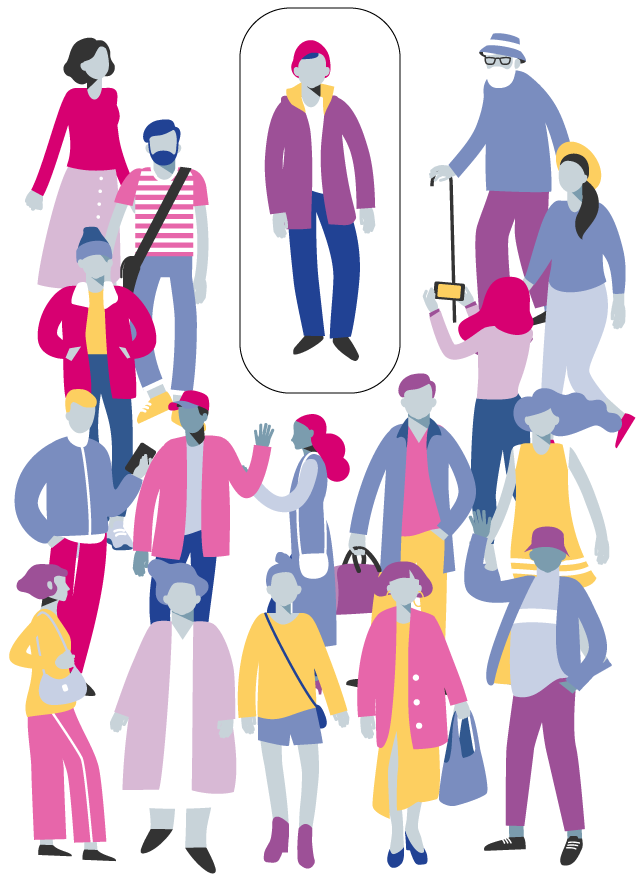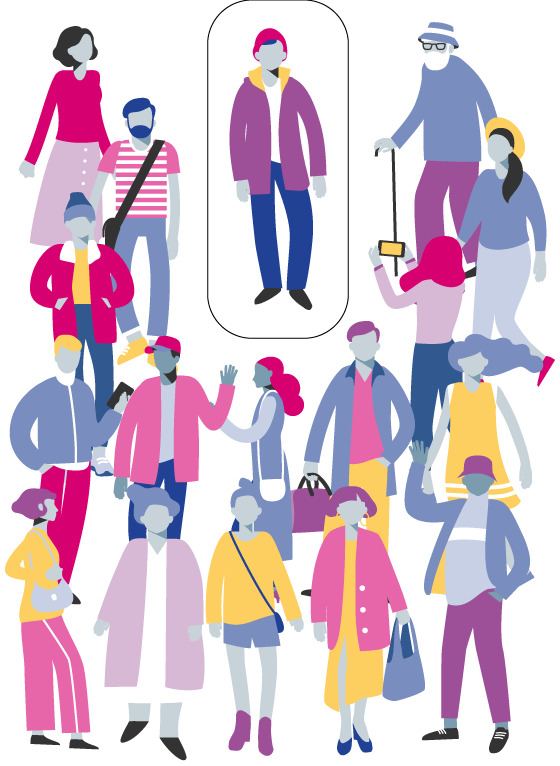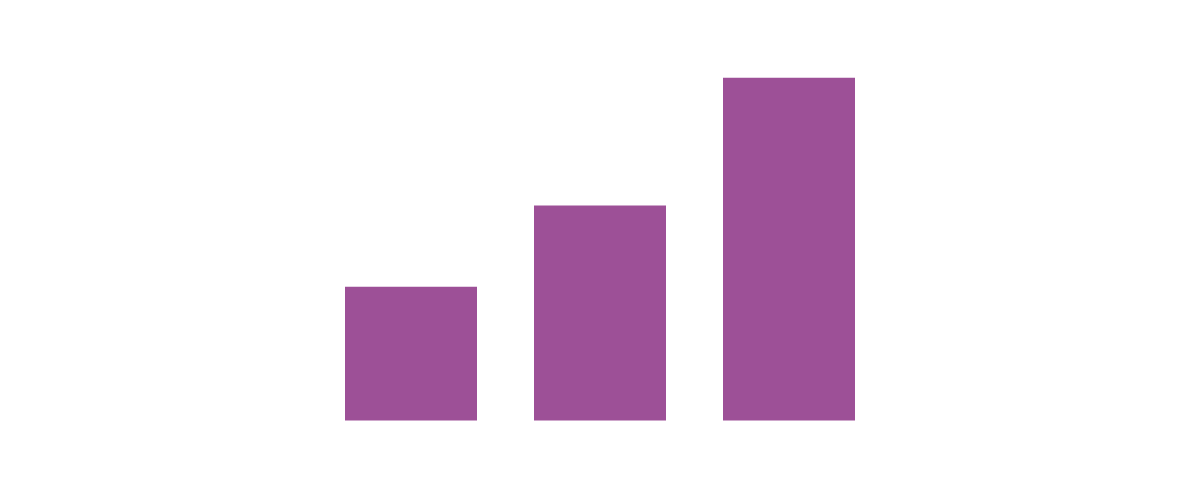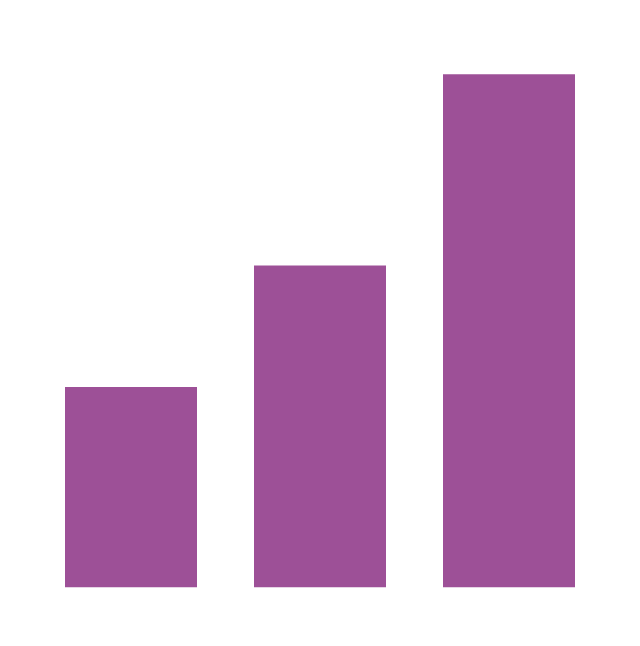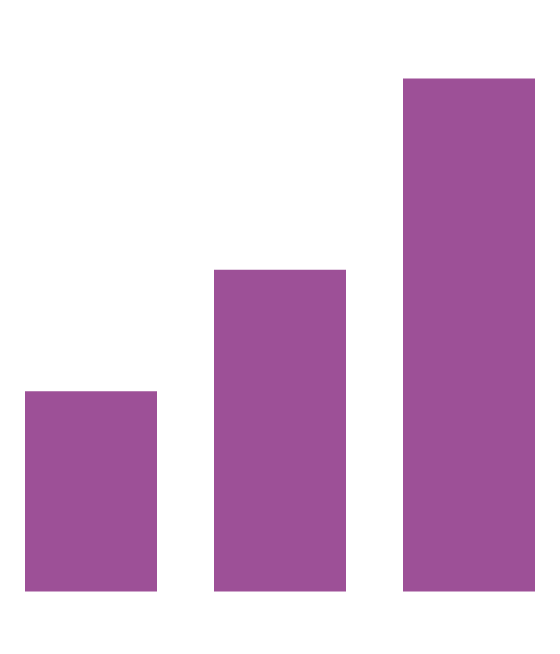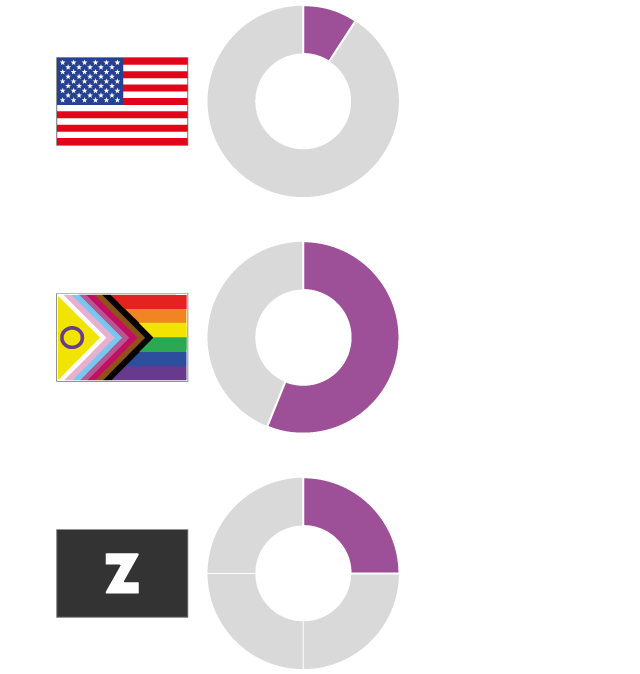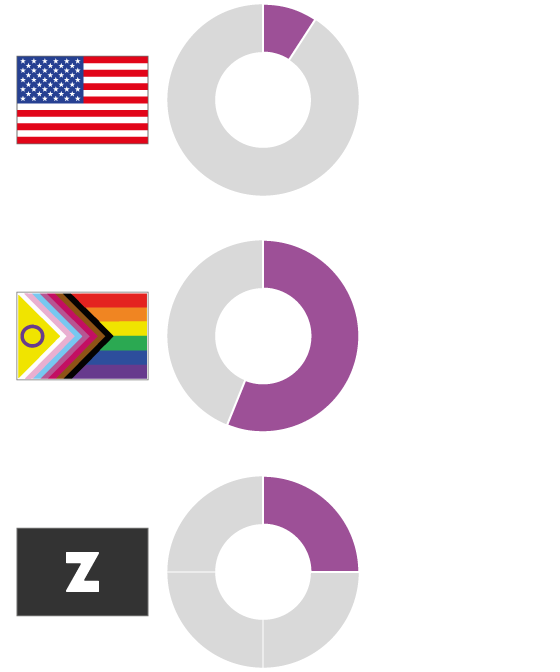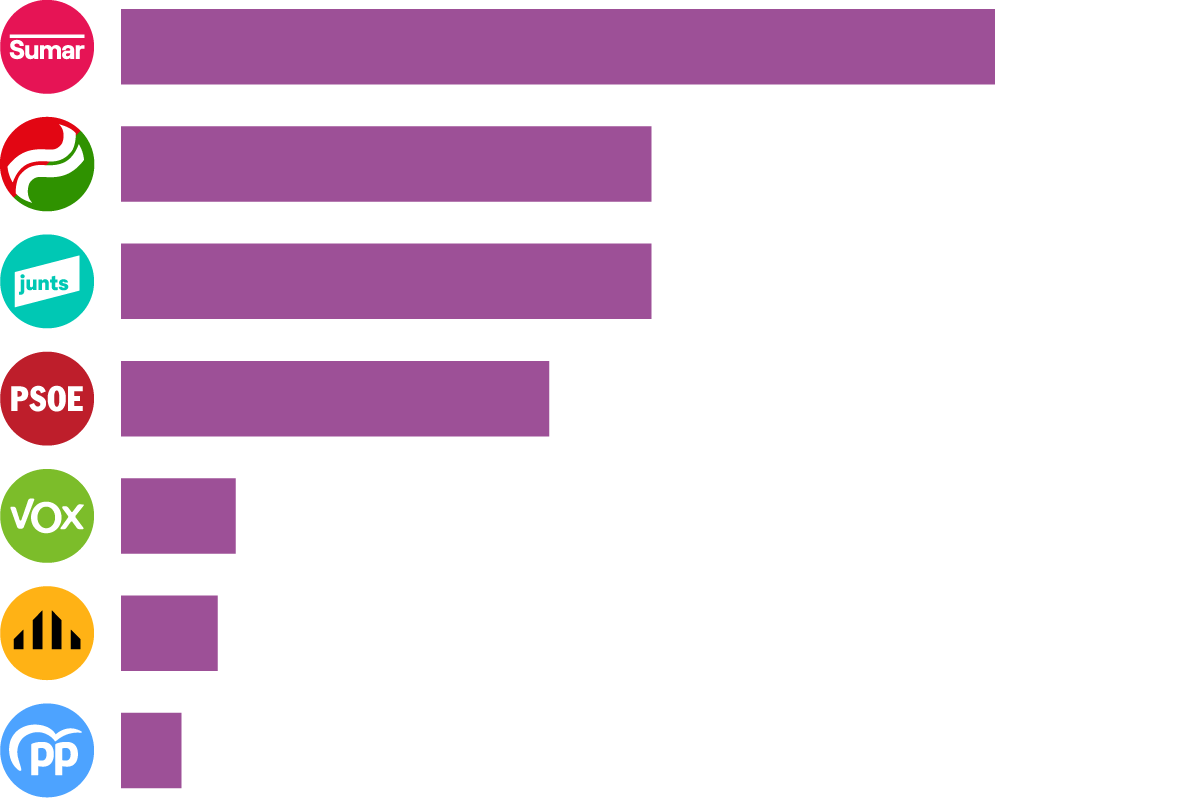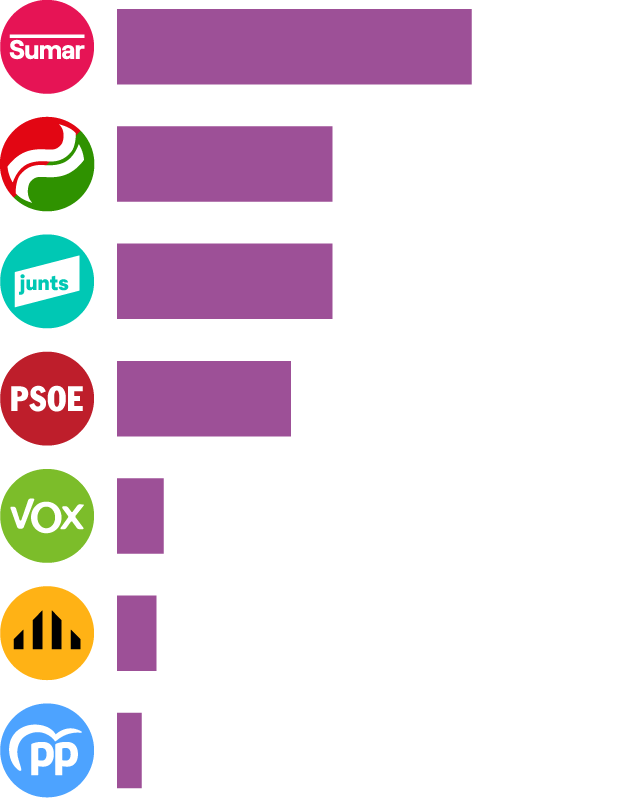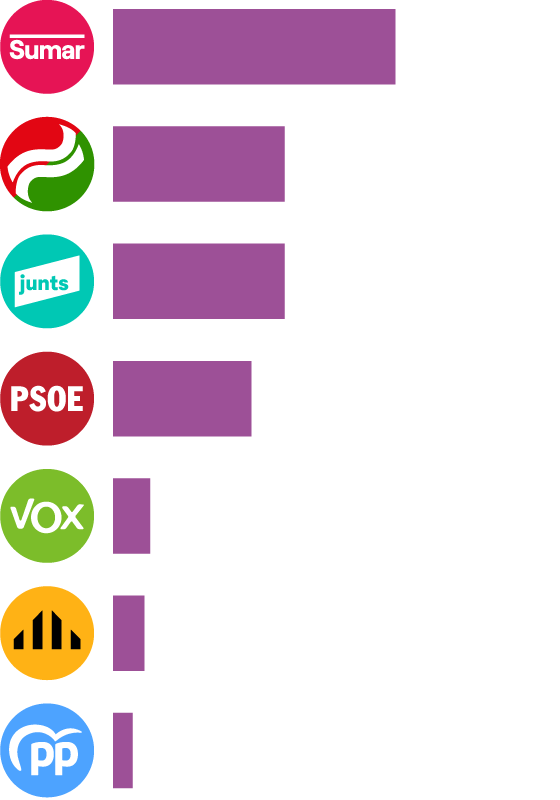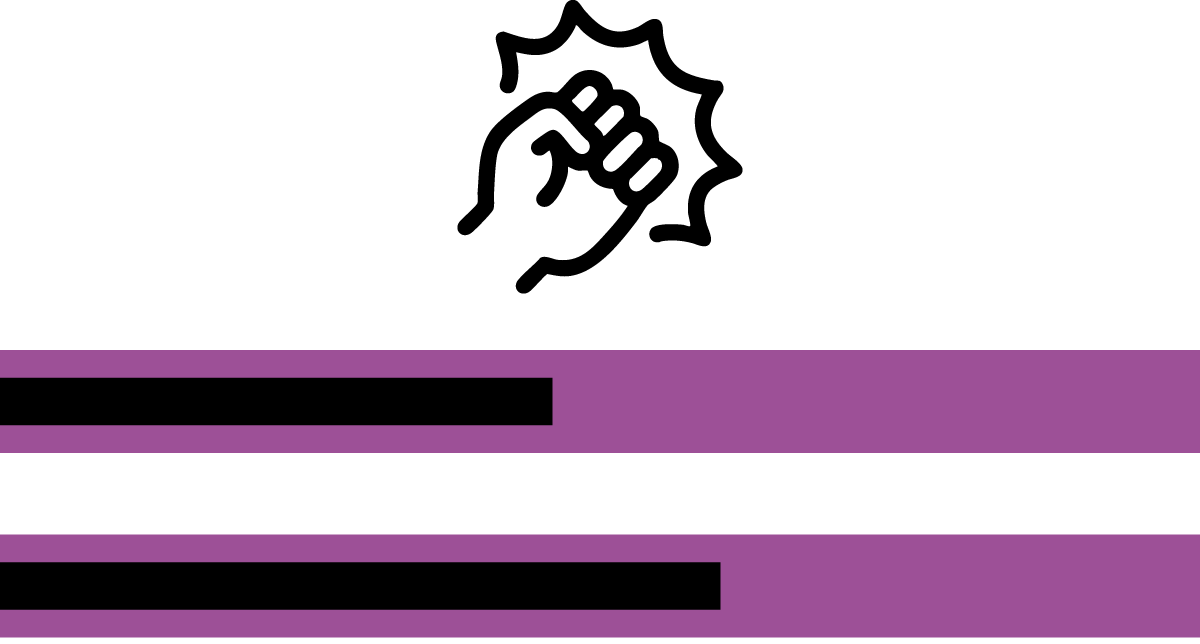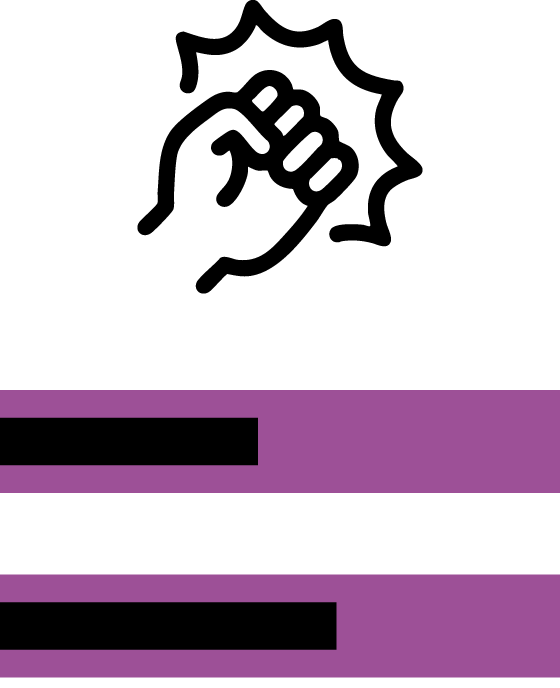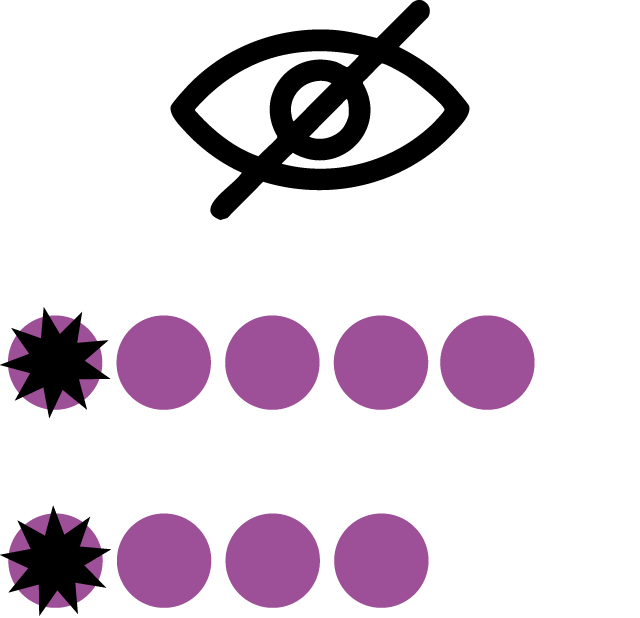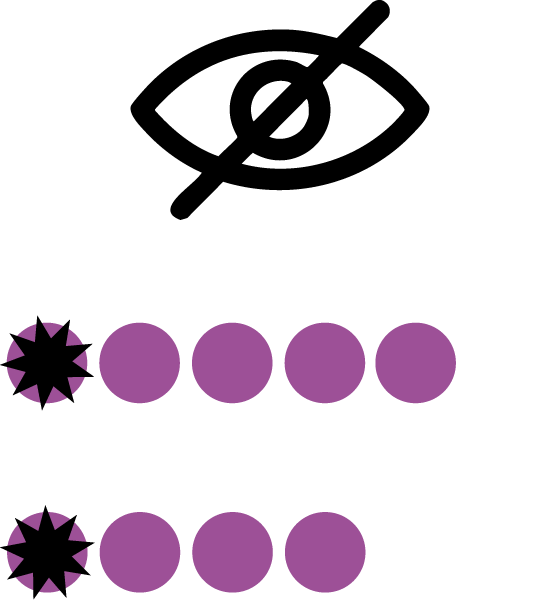Bisexuality, the most unknown orientation
This Tuesday marks the international day of this group that often feels ignored or delegitimized.

Although they represent half of the LGBTIQ+ community, many bisexual people feel that their sexual orientation is often ignored or delegitimized, both within and outside the community. With the aim of highlighting a diverse and underrepresented reality in the social imagination, International Bisexuality Day has been celebrated every September 23rd since 1999.
What does it mean to be bisexual?
Bisexuality is usually defined as the emotional and/or sexual attraction toward both men and women. It doesn't imply simultaneous attraction, nor equal in intensity or frequency, but rather a desire toward more than one gender.
1 in 17 Spaniards
According to the 2025 CIS barometer, 5.9% of the Spanish population defines themselves as bisexual. Although this percentage may seem modest, it represents the largest non-heterosexual orientation, according to official data.
The percentage has also increased significantly over time: in the 2023 CIS, bisexuals accounted for 3.7%; and in the 2021 CIS, it was 2.3%.
The global trend
This growth is also occurring outside of Spain. In the US, according to Gallup, 9.3% of the adult population identifies as LGBTIQ+, and within this percentage, 56.3% identify as bisexual. Among Generation Z (people between 18 and 27 years old), almost one in four identifies as LGBTIQ+.
The generational change
Members of Generation Z in the State also identify as bisexual. According to the 2023 CIS, one in five women between the ages of 18 and 24 (22.3%) and one in ten men (10%) defined themselves as bisexual. In the report Sexual and Reproductive Health and Rights in Barcelona 2023Almost half of the second-year high school girls born in Catalonia (49.3%) identified themselves this way. Among boys, the percentage is 9.1%.
And in politics?
The difference between men and women has often been highlighted, especially in a context of progressive political distancing between young men and women: as noted by Financial Times, men between the ages of 18 and 29 have tended towards conservatism, while women of the same age have taken a radical turn to the left.
CIS data show that, although bisexuals are mostly concentrated in the female sector of society and the left of the political axis, they are not limited to this. Cross-referencing sexuality and voting memory in the 2023 general elections, it is observed that the parties with the highest percentage of voters who identify as bisexual are Sumar (14.5%), PSOE (7.1%), Junts (8.8%), and BNG (8.8%). Meanwhile, the parties that received the least support from the LGBTIQ+ community were Vox (1.9%), ERC (1.6%), and the PP (1%).
Greater exposure to violence
The 2016 report Invisible majority, created by the think tank The Advancement Project Movement reported that bisexual women experience particularly high rates of violence: nearly half (46%) have been raped, and more than 60% report having experienced intimate partner violence. Furthermore, higher rates of depression, anxiety, suicidal thoughts, substance use, and sexually transmitted diseases have also been reported.
Low-visibility discrimination
One of the songs that Phoebe sang in Friends (1994–2004) said:
"Sometimes men like women,
sometimes men like men,
and then there are the bisexuals,
Although some say they are deceiving themselves"
Despite its statistical presence, bisexuality continues to suffer from specific stereotypes, which are grouped under the concept of biphobia. According to the study State of hate According to the 2024 FELGTBI+ and 40dB survey, one in five bisexuals has experienced harassment, one in four discrimination, and 5.4% have suffered physical or sexual assault. Only 11.5% filed a complaint.
